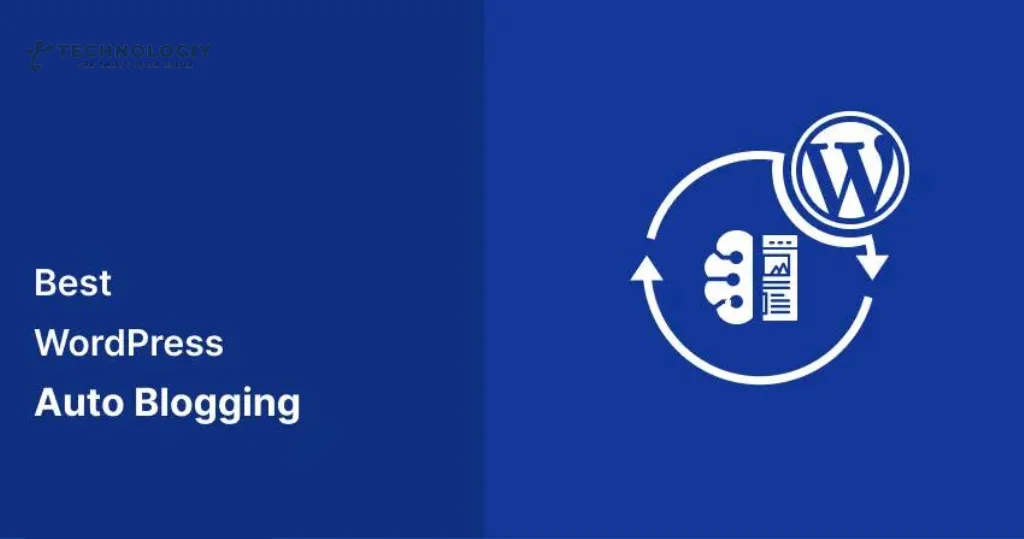The Power of Multilingual WordPress Blogging: Tips and Tricks Are you a blogger looking to expand your reach and connect with a global audience? If so, then multilingual WordPress blogging is the key to unlocking a whole new world of possibilities. In this blog post, we will explore the power of multilingual WordPress blogging and provide you with some useful tips and tricks to get started. So, let’s dive in!
Why Multilingual WordPress Blogging?
In today’s interconnected world, language barriers should not limit your ability to reach a wider audience. By incorporating multilingual features into your WordPress blog, you can cater to the diverse language preferences of your readers, opening doors to new opportunities and increasing your blog’s visibility.
Tips and Tricks for Multilingual WordPress Blogging:
Choose the Right Translation Plugin:
To start your multilingual WordPress journey, you need a reliable translation plugin. There are several options available, but two popular choices are WPML (WordPress Multilingual) and Polylang. These plugins seamlessly integrate with your WordPress site, allowing you to create and manage translations effortlessly.
Plan Your Language Strategy:
Before jumping into translating your entire blog, take some time to plan your language strategy. Identify your target audience and the languages they speak. Focus on translating key pages, such as your homepage, about page, and popular blog posts. This way, you can gradually expand your multilingual content without overwhelming yourself.
Create SEO-Friendly URLs:
When translating your blog posts, don’t forget to create SEO-friendly URLs for each language. Search engines rely on URLs to understand the content of a page, so make sure they accurately reflect the language and content of your translated posts. This will help improve your search engine rankings and attract more visitors.
Localize Your Content:
Translation is not just about converting words from one language to another; it’s about adapting your content to the cultural nuances of your target audience. Localize your content by using region-specific keywords, references, and examples. This will make your blog more relatable and engaging for your international readers.
Optimize Meta Tags and Descriptions:
Meta tags and descriptions play a crucial role in search engine optimization (SEO). Make sure to translate and optimize these elements for each language. This will improve your blog’s visibility in search results and help drive organic traffic to your multilingual content.
Enable Language Switching:
Make it easy for your readers to switch between languages by implementing a language switcher on your website. This feature allows users to navigate seamlessly between different language versions of your blog, enhancing their user experience and encouraging them to explore more of your content.
Engage with Your Multilingual Audience:
Once you have successfully implemented multilingual WordPress blogging, don’t forget to engage with your multilingual audience. Respond to comments in different languages, run polls or surveys to gather feedback, and create content that resonates with your diverse readership. Building a community across languages will bring immense value to your blog.
The Benefits of Multilingual WordPress Blogging for Your Blog’s Growth:
Today’s globalized world, reaching a wider audience is a key factor in the success of any blog. One way to achieve this is by incorporating multilingual WordPress blogging into your content strategy. By offering your blog in multiple languages, you can tap into new markets, increase your readership, and ultimately boost your blog’s growth.

The numerous benefits of multilingual WordPress blogging:
Expand Your Reach:
By translating your blog content into multiple languages, you open the doors to new markets and audiences. English may be widely spoken, but there are millions of non-English speakers around the world who are eager to consume content in their native language. By providing content in different languages, you can connect with these individuals and gain loyal readership from all corners of the globe.
Increase Traffic and Readership:
When you cater to a multilingual audience, you increase your blog’s visibility in search engine results. By optimizing your multilingual WordPress blog with relevant keywords, you can rank higher in search engine queries and attract more organic traffic. This means more visitors to your blog, more engagement, and increased readership overall.
Enhance User Experience:
Nothing frustrates readers more than visiting a website in a language they don’t understand. By offering a multilingual WordPress blog, you create a user-friendly experience for visitors who prefer to read in their native language. This not only keeps them on your site for longer but also builds trust and loyalty, leading to repeat visits and increased engagement.
Gain Competitive Advantage:
While the concept of multilingual blogging is gaining popularity, it is still relatively underutilized by many bloggers. By adopting multilingual WordPress blogging early on, you can gain a competitive advantage over other blogs in your niche. By being one of the few who provide content in multiple languages, you position yourself as an authority in your field and attract a wider audience.
Increase Revenue Opportunities:
Expanding your blog’s reach through multilingual WordPress blogging opens up new revenue opportunities. By reaching a larger audience, you can attract advertisers and sponsors who want to tap into specific markets. Additionally, you can explore affiliate marketing opportunities in different languages, further diversifying your income streams.
Incorporating multilingual WordPress blogging into your content strategy offers a multitude of benefits for your blog’s growth. By expanding your reach, increasing traffic and readership, enhancing user experience, gaining a competitive advantage, and exploring new revenue opportunities, you position your blog for long-term success. So why limit yourself to just one language when you can unlock the potential of a global audience? Start implementing multilingual WordPress blogging today and watch your blog flourish.
10 Essential Tips for Successful Multilingual Blogging on WordPress:
Are you ready to take your WordPress blog to the next level? If you want to expand your reach and engage with a wider audience, multilingual blogging is the way to go. By offering content in multiple languages, you can attract readers from all around the world and increase your blog’s visibility.
We’ll explore 10 essential tips for successful multilingual blogging on WordPress:
Choose a Reliable Translation Plugin:
The first step to creating a multilingual blog on WordPress is to find a reliable translation plugin. There are many options available, such as WPML, Polylang, and Weglot. Choose a plugin that suits your needs and offers a seamless translation experience.
Plan Your Language Strategy:
Before getting started, it’s important to plan your language strategy. Determine which languages you want to offer on your blog and prioritize them based on your target audience. Consider factors like regional preferences and market demand to make informed decisions.
Create Separate Pages or Posts for Each Language:
To ensure a smooth multilingual experience, create separate pages or posts for each language. This allows readers to navigate easily and find the content they’re looking for. It also helps search engines understand the structure of your multilingual blog.
Implement SEO Best Practices:
Optimizing your multilingual blog for search engines is crucial for attracting organic traffic. Research keywords in different languages and implement them strategically in your content. Use SEO plugins like Yoast SEO to optimize your meta tags, URLs, and headings for each language.
Hire Professional Translators:
Accuracy is key when it comes to translating your content. Invest in professional translators who are native speakers of the target language. They will ensure that your blog posts are translated accurately and maintain the same tone and style as the original content.
Customize the Language Switcher:
Make it easy for readers to switch between languages by customizing the language switcher. This feature allows users to choose their preferred language and ensures a seamless browsing experience. Customize the language switcher to match your blog’s design and make it easily accessible.
Provide Clear Navigation:
Ensure that your multilingual blog has clear navigation to help readers find their way around. Use language flags or dropdown menus to indicate the available languages. Make sure the navigation is intuitive and user-friendly, regardless of the language chosen.
Regularly Update and Maintain Your Content:
Consistency is key when it comes to multilingual blogging. Regularly update and maintain your content in all languages to keep your blog fresh and relevant. Stay on top of any changes or updates in your industry and ensure that all translations are up to date.
Engage with Your Multilingual Audience:
Building a community around your multilingual blog is essential for its success. Engage with your multilingual audience by responding to comments and messages in their language. Show that you value their input and create a welcoming environment for all readers.
Monitor and Analyze Your Multilingual Blog’s Performance:
Lastly, monitor and analyze your multilingual blog’s performance to understand what works and what doesn’t. Use analytics tools to track traffic, engagement, and conversions for each language. Adjust your strategy accordingly to optimize your blog’s performance.
In conclusion, successful multilingual blogging on WordPress requires careful planning, attention to detail, and a commitment to providing valuable content across different languages. By following these 10 essential tips, you’ll be well on your way to reaching a wider audience and growing your blog’s presence in the multilingual world.
Start implementing these tips today and watch your multilingual WordPress blog thrive!
